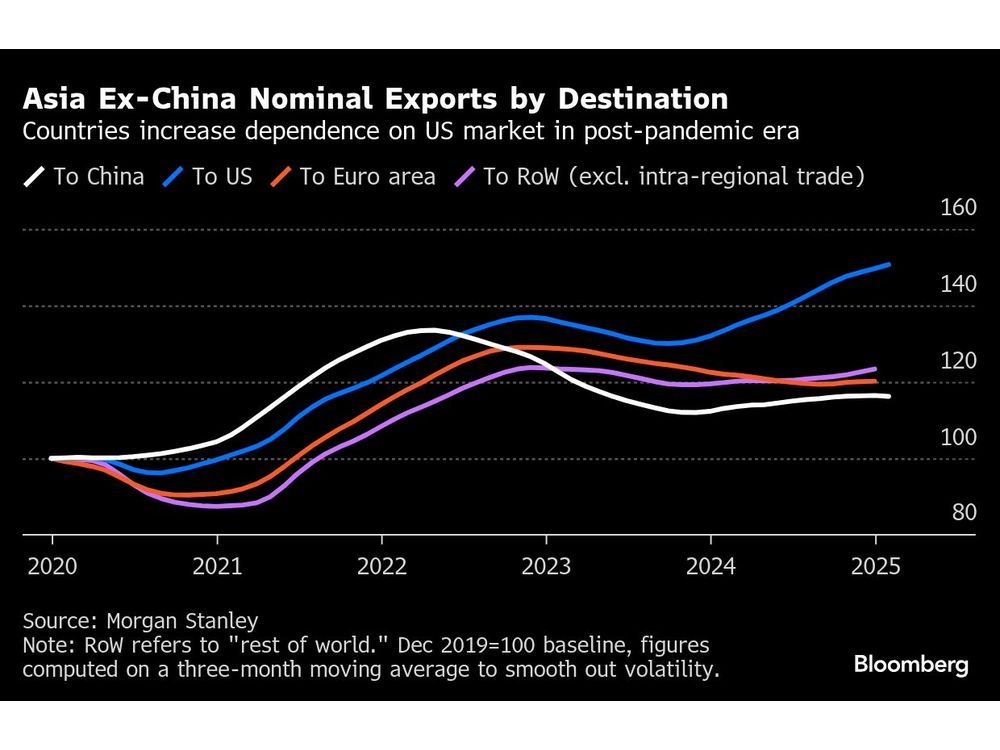In the financial markets, a lead-lag relationship is a type of correlation in which the performance of one asset precedes that of another. This means that when the price or performance of one asset increases or decreases, the price or performance of a second asset follows suit. This type of relationship is generally seen as a representation of the relationship between two different markets, or between a market and an economic indicator. In other words, when one asset leads the other, it can be seen as a sort of ‘predictor’ of the other asset.
Reference [1] examined the lead‑lag relationships between the US industries and other major countries’ industries. It pointed out,
We identify the leading role played by the US internationally by showing that the weekly returns of US industries, especially the US basic materials and energy industries, significantly Granger cause the returns of most other countries’ industries, suggesting that non-US industries react with some delay to new information. This delayed reaction is even more noticeable during periods of recession in the US when cross-country correlations are higher. This implies that the ability of the lagged returns of US industries to predict industries’ returns from other countries is even more pronounced when the US experienced an economic recession. A similar asymmetric relationship is found between the volatility of US industries and that of industries in other markets.
Briefly, the US industries lead other countries’ industries and this relationship is asymmetric. Also, using this finding, long-short trading strategies were constructed that delivered alphas,
Finally, we demonstrate that our predictions are valuable to real-world investors. Long-short strategies generate sizable and statistically significant alphas, and a constant relative risk-averse investor obtains certainty equivalent returns well above the risk-free rate.
Let us know what you think in the comments below or in the discussion forum.
References
[1] Ana Monteiro, Nuno Silva, Helder Sebastião, Industry return lead-lag relationships between the US and other major countries, Financial Innovation (2023) 9:40
Further questions
What's your question? Ask it in the discussion forum
Have an answer to the questions below? Post it here or in the forum




